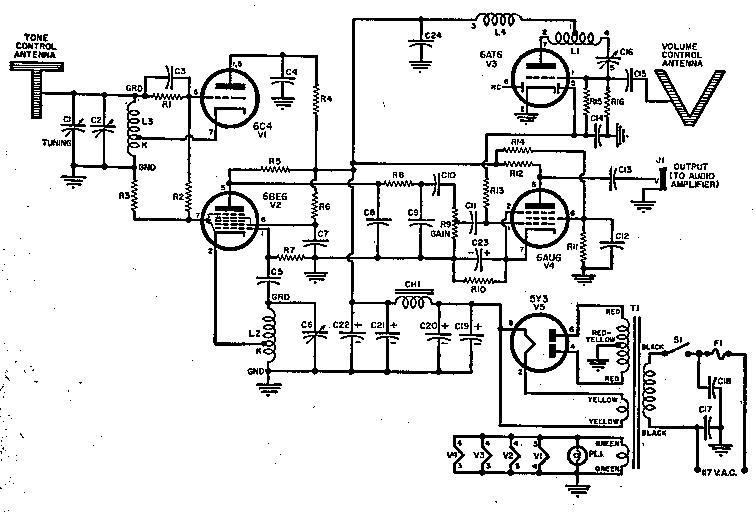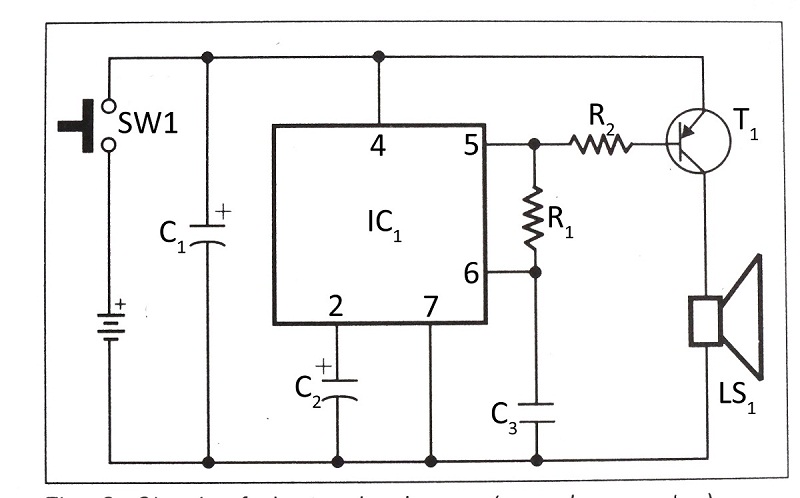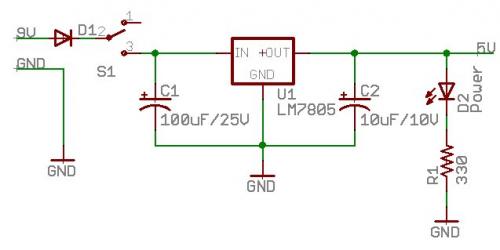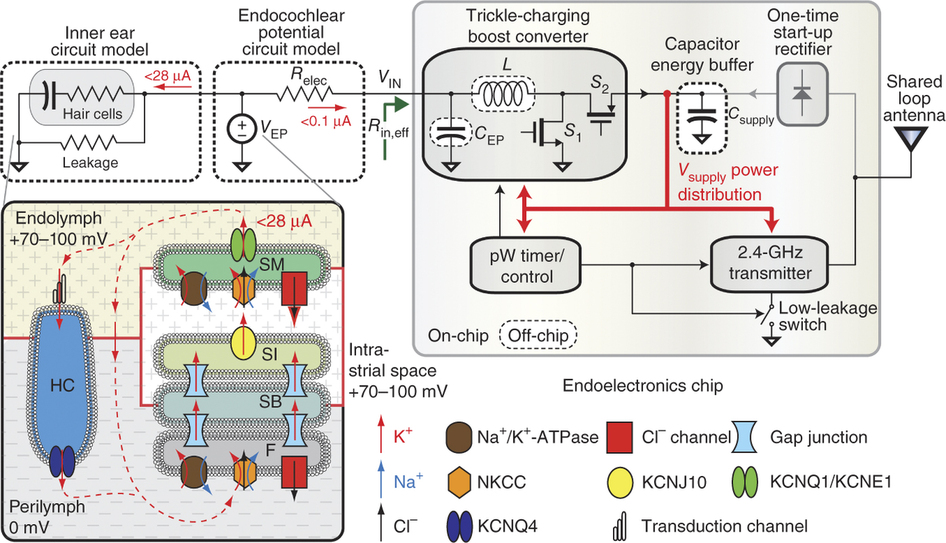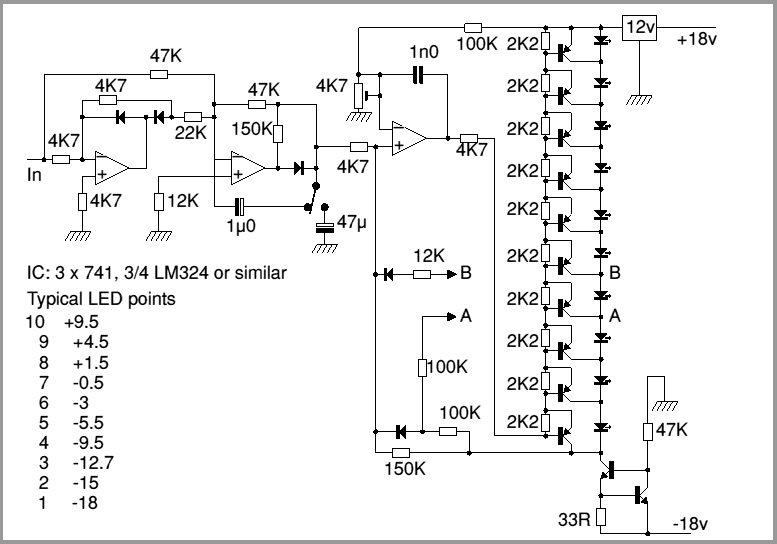
Electronics

When a couple moved into their small apartment in San Francisco, they wanted to create a compact liquor cabinet and wine rack. After a visit to IKEA, they acquired a bookshelf that could be easily transformed into a stylish liquor display unit. They added holders for wine glasses and bottles, enhancing its functionality. However, the setup still lacked visual appeal, remaining shadowy against the wall at night and not showcasing their effort. The couple felt it needed additional elements, such as lighting and sensors, to elevate the experience.
To enhance the aesthetic and functional qualities of the liquor cabinet and wine rack, a lighting system can be integrated into the design. This system can utilize LED strip lights, which are energy-efficient and available in various colors, allowing for customization based on mood or occasion. The installation of these lights can be done along the edges or shelves of the unit, illuminating the bottles and glasses while creating an inviting ambiance.
Incorporating sensors into the design can further enhance user interaction. For instance, a motion sensor can be installed to automatically turn on the lights when someone approaches the cabinet, providing convenience and an element of surprise. Additionally, a sound sensor can be integrated to activate the lighting in sync with music, creating a dynamic atmosphere suitable for gatherings.
For the electrical schematic, the LED strips will require a power supply rated for the total wattage of the lights used. A microcontroller, such as an Arduino, can be programmed to control the lighting and sensor functionality. The motion sensor can be connected to a digital input pin on the microcontroller, while the sound sensor can be wired to another input pin. The output pins of the microcontroller will control the LED strips, allowing for various lighting effects based on sensor input.
In summary, by integrating a lighting system with sensors into the liquor cabinet and wine rack, the overall aesthetic and functionality can be significantly improved. This setup not only highlights the couple's collection but also adds an interactive and enjoyable element to their living space.When my girlfriend and I moved into our small apartment in San Francisco we wanted to setup some sort of compact liquor cabinet and wine rack. After a quick trip to IKEA we had a bookshelf we could easily convert into a fancy boozeshelf unit! *insert music montage here* After adding holders for wine glasses and bottles it was good, but still a bit
boring and not quite perfect. At night it would just stand there against the wall in a shadow, not presenting our handiwork at all. A true insult to all the alcohol we had on display. I felt like it needed something more some light and sensors and might as well throw in a dance party while I`m at it.
🔗 External reference
To enhance the aesthetic and functional qualities of the liquor cabinet and wine rack, a lighting system can be integrated into the design. This system can utilize LED strip lights, which are energy-efficient and available in various colors, allowing for customization based on mood or occasion. The installation of these lights can be done along the edges or shelves of the unit, illuminating the bottles and glasses while creating an inviting ambiance.
Incorporating sensors into the design can further enhance user interaction. For instance, a motion sensor can be installed to automatically turn on the lights when someone approaches the cabinet, providing convenience and an element of surprise. Additionally, a sound sensor can be integrated to activate the lighting in sync with music, creating a dynamic atmosphere suitable for gatherings.
For the electrical schematic, the LED strips will require a power supply rated for the total wattage of the lights used. A microcontroller, such as an Arduino, can be programmed to control the lighting and sensor functionality. The motion sensor can be connected to a digital input pin on the microcontroller, while the sound sensor can be wired to another input pin. The output pins of the microcontroller will control the LED strips, allowing for various lighting effects based on sensor input.
In summary, by integrating a lighting system with sensors into the liquor cabinet and wine rack, the overall aesthetic and functionality can be significantly improved. This setup not only highlights the couple's collection but also adds an interactive and enjoyable element to their living space.When my girlfriend and I moved into our small apartment in San Francisco we wanted to setup some sort of compact liquor cabinet and wine rack. After a quick trip to IKEA we had a bookshelf we could easily convert into a fancy boozeshelf unit! *insert music montage here* After adding holders for wine glasses and bottles it was good, but still a bit
boring and not quite perfect. At night it would just stand there against the wall in a shadow, not presenting our handiwork at all. A true insult to all the alcohol we had on display. I felt like it needed something more some light and sensors and might as well throw in a dance party while I`m at it.
🔗 External reference
